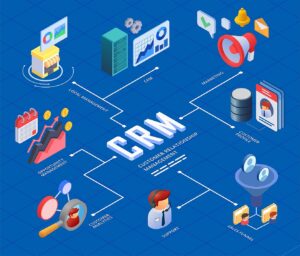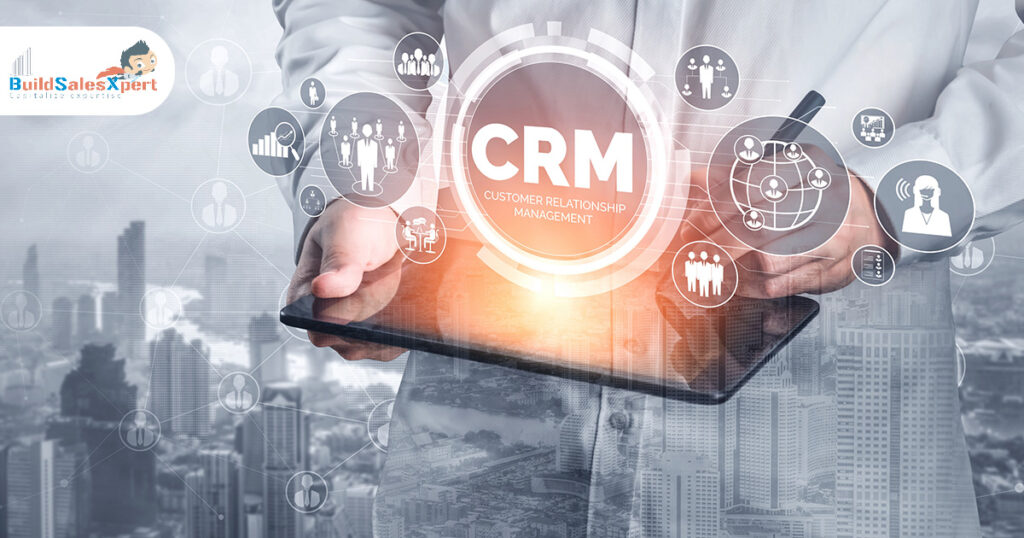If you’ve set up your Customer Relationship Management (CRM) properly, it will regularly populate inbound leads that form the mainstay of your sales funnel. To ensure that you don’t lose any prospective sales, you need a well-defined strategy to nurture and convert these leads effectively.
If you’re not sure how to go about it, we’ve got you covered. Here are the various ways you can—and should—handle different types of leads:
Lead Segmentation
This is the first and most important step in your lead development plan. Start by categorising leads based on various attributes such as demographics, behaviour, and engagement levels.
Lead Scoring: Assign scores to leads to prioritize them based on their likelihood to convert. You can use explicit data (e.g., job title, and company size) and implicit data (e.g., website visits, and email interactions) to score leads.
Lead Qualification
Define clear criteria for lead qualification, ensuring that only leads meeting specific criteria are passed on to the sales team. Consider criteria such as budget, authority, need, and timeline. The acronym BANT is a useful way to remember these criteria.
Lead Nurturing
Develop customized nurture sequences for different lead segments. Use email marketing, content marketing, webinars, and other engagement tactics to keep leads engaged and move them down the sales funnel.
Automated Workflows
Implement automated workflows to trigger actions based on lead behaviour. This saves a lot of time and effort for you and your team. For instance, if a lead visits a pricing page, you can automatically send them pricing information or set a task for a salesperson to follow up.
Personalization
Personalization is an often ignored but powerful way to keep you business in your prospect’s mind-space. You cna do this by crafting personalized messages and content for leads based on their interests and behaviour. (Refer to the first strategy in this article). Tailoring your approach makes leads feel valued and more likely to convert.
Multi-Channel Engagement
Utilize various communication channels, such as email, social media, phone calls, and SMS, to reach leads where they are most active and comfortable.

Lead Re-engagement
Create re-engagement campaigns for leads that have gone cold. These campaigns aim to revive interest and rekindle the relationship.
Lead Source Analysis
Understand where your leads are coming from (e.g., website, social media, events) and tailor your approach accordingly. Different lead sources may require different engagement strategies.
A/B Testing
Continuously test different messaging, subject lines, content formats, and timing to optimize your lead engagement and conversion rates.
Lead Routing
Implement a lead routing system to ensure that the right salesperson or team handles each lead based on territory, expertise, or other factors.
CRM Integration
Integrate your CRM with other tools and systems, such as marketing automation platforms, to streamline lead management and data synchronization.
Lead Analytics
Monitor key performance indicators (KPIs) and use analytics to evaluate the effectiveness of your lead-handling strategies. Use data-driven insights as learning to hone your approach for better results.
Analytics are key to lead conversion. For more on the topic, read: Leveraging Data Analytics in CRMs to Unearth Valuable Customer Insights
Feedback Loops
Maintain open lines of communication between sales and marketing teams. Regularly gather feedback on lead quality and conversion rates to make necessary adjustments.
Lead Recycling
Don’t discard leads that didn’t convert initially. Recycle them back into the nurturing process, as their needs and circumstances may change over time.
Customer Relationship Building
Even if a lead doesn’t convert immediately, continue to build a positive relationship by providing value and staying engaged. Remember, even if a prospect doesn’t buy now, there’s always the possibility that they may become customers in the future. Think of it as creating a future pool of prospects. It’s a way of infusing Brand Marketing with your Performance Marketing strategy.
This is just one of the essential features that a modern CRM should offer. For more, read our article: 10 Features Every Real Estate CRM Must Have
Lead Database Cleanup
Regularly clean and update your lead database to ensure accuracy and relevance. Remove duplicates, correct outdated information, and categorize leads correctly.
Compliance and Data Privacy
Ensure that you comply with data protection regulations like GDPR or CCPA when handling and storing lead information.
Lead Follow-up
Establish prompt and consistent follow-up procedures to capitalize on the momentum generated by lead interactions.
Lead Feedback Loop
Encourage leads to provide feedback on their experiences with your sales and marketing efforts, helping you refine your approach.
In conclusion
Customize these strategies to fit your specific business goals and the unique characteristics of your leads to maximize your CRM’s effectiveness in lead management and conversion.
Not sure if your real estate business even needs a dedicated CRM? Be sure to read: Why Every Real Estate Business Needs a Good CRM



